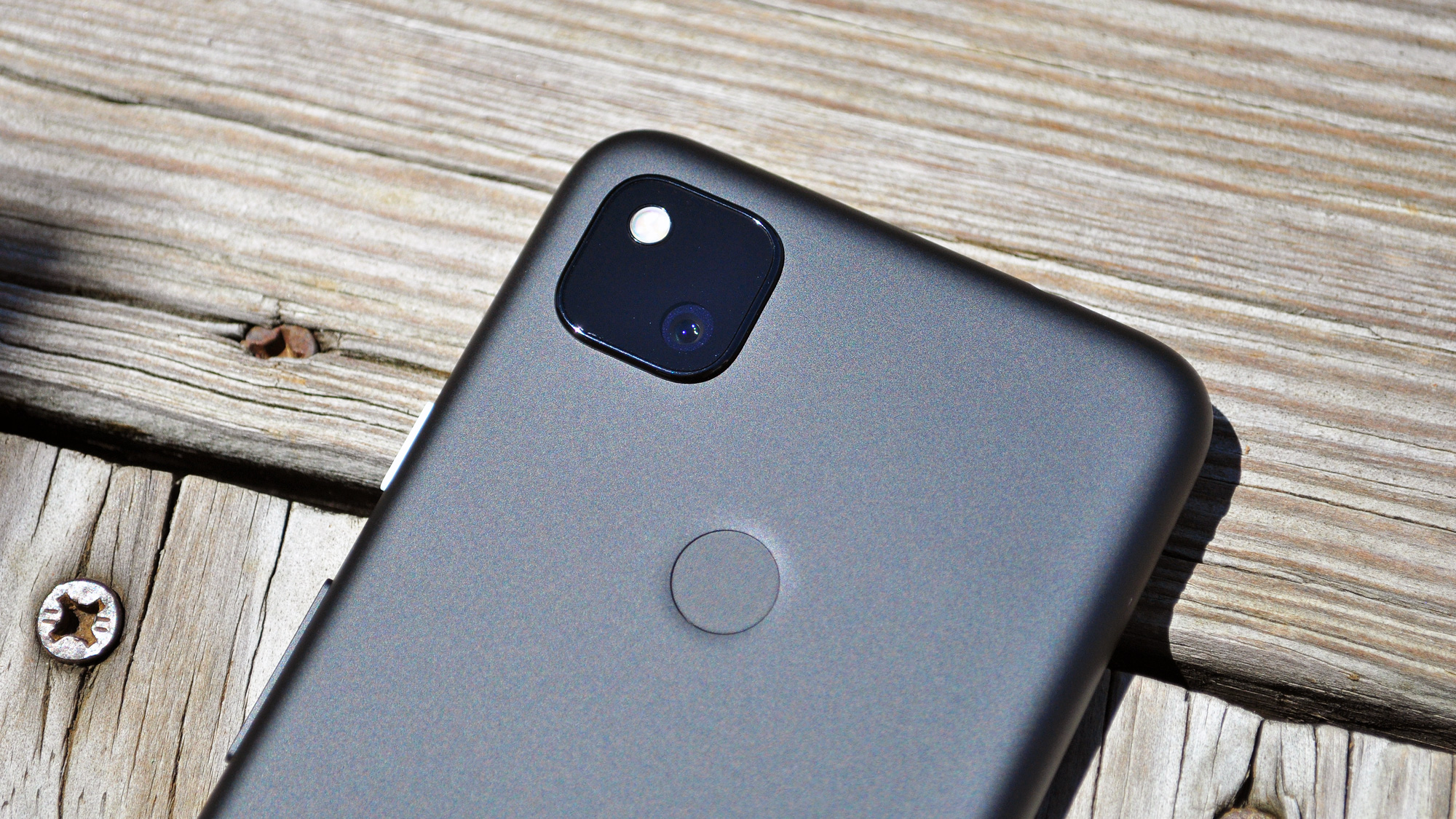Google Pixel 5 might not have a major camera upgrade — here's why
Google Pixel 5 could have an old camera sensor — but it won’t matter

The Google Pixel 5 looks set to use the same 12.2MP main rear camera sensor as the Pixel 4, which also used the same sensor as the Pixel 3.
We’re expecting a suite of changes in the Pixel 5 over its predecessor, notably with the phone opting for a mid-range Snapdragon 765G chip rather than a flagship Snapdragon 8-series chipset, as well as the dropping of superfluous features such as a radar scanner and squeezable edges. But an upgraded main rear camera would have been on our wishlist.
- Google Pixel 5 vs. Pixel 4: All the changes to expect
- The best camera phones: Where Google ranks
- Plus: iPhone 12's killer software bundle just leaked early
However, former Google engineer Marc Levoy, who worked on the computational photography side of the Pixel phones told The Verge that smartphone camera hardware hasn't progressed enough to make it worth upgrading the main camera sensor.
Levoy explained that upgrading physical phone camera hardware can be a little fruitless when it comes to delivering boosted photography results, and can throw up new challenges: “Because of the diminishing returns due to the laws of physics, I don’t know that the basic sensors are that much of a draw.”
The ex-Googler used the example of trying to fit a 96MP lens into a smartphone without bulking up its size as an example of diminishing returns, and problems caused by trying to upgrade a phone camera just because sensor tech has moved on incrementally.
“If you want to put 96 megapixels and you can’t squeeze a larger sensor physically into the form factor of the phone, then you have to make the pixels smaller, and you end up close to the diffraction limit and those pixels end up worse,” said Levoy. “They are noisier. It’s just not clear how much advantage you get.”
Other Android phones do currently use high megapixel sensors in their rear cameras. For example, The OnePlus 8 Pro comes with a 48MP main camera and uses a technique called pixel binning to combine the data from different pixels and resolve them down to a 12MP image. But Levoy isn’t convinced this is worth it due to challenges with aliasing artifacts and interpolating colors.
Sign up to get the BEST of Tom's Guide direct to your inbox.
Get instant access to breaking news, the hottest reviews, great deals and helpful tips.
He added that before the iPhone, smartphones were thicker, and if phone makers went back to bulky handsets then adding in large megapixel sensors would be more practical. But Levoy couched that with: “Nokia experimented with that, [and] wasn’t commercially successful.”
With this in mind, it looks like the Pixel 5 could stick with the camera sensor found in its predecessors. It could add another camera, say an ultra wide-angle one, into the rear camera array. But it looks like the main sensor will remain at 12.2MP.
That’s no bad thing, as Google’s Pixel phones have always delivered impressive results thanks to Google's powerful computational photography. Even the $349 Pixel 4a delivers impressive photos comparable to shots on flagship phones from its single rear camera.
As such, we can expect the Pixel 5 to lean heavily on using software to deliver its smartphone photography rather than opt for large sensors or add a whole suite of lenses to the rear of the phone.
The Pixel 5 is slated for an October reveal, so we’ve not got too long to wait and see what Google has come up with to challenge the likes of the iPhone 12.
Roland Moore-Colyer a Managing Editor at Tom’s Guide with a focus on news, features and opinion articles. He often writes about gaming, phones, laptops and other bits of hardware; he’s also got an interest in cars. When not at his desk Roland can be found wandering around London, often with a look of curiosity on his face.

